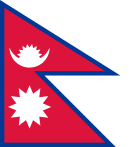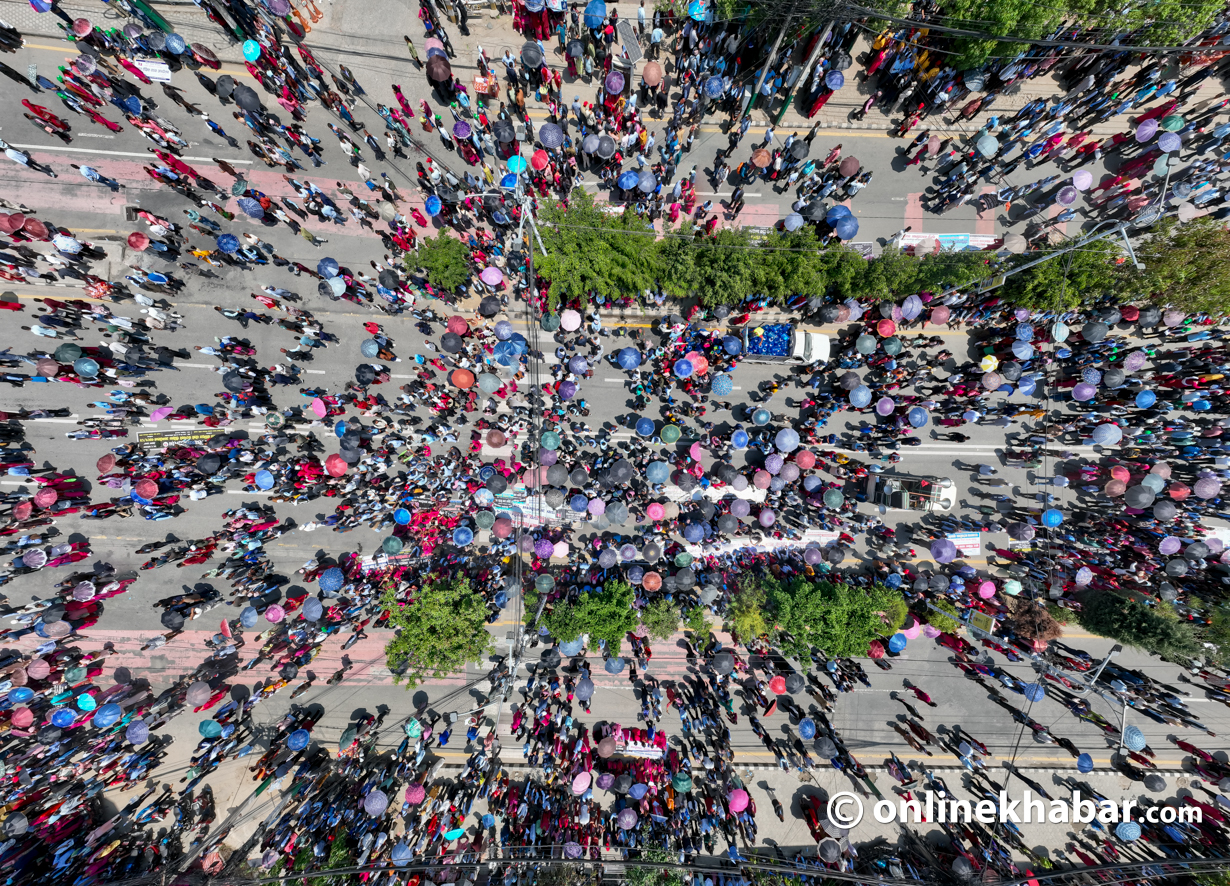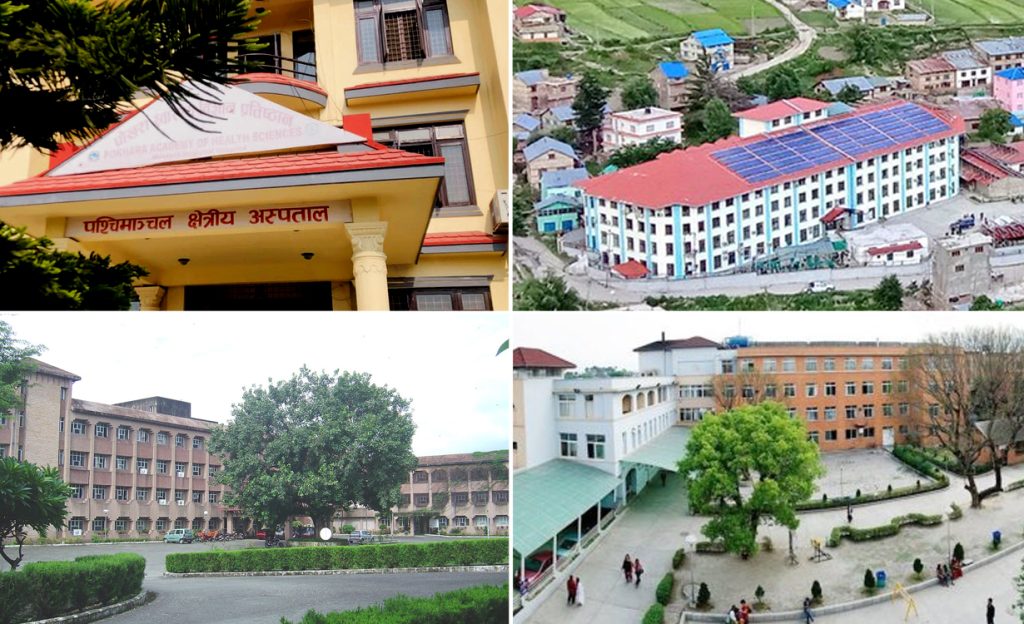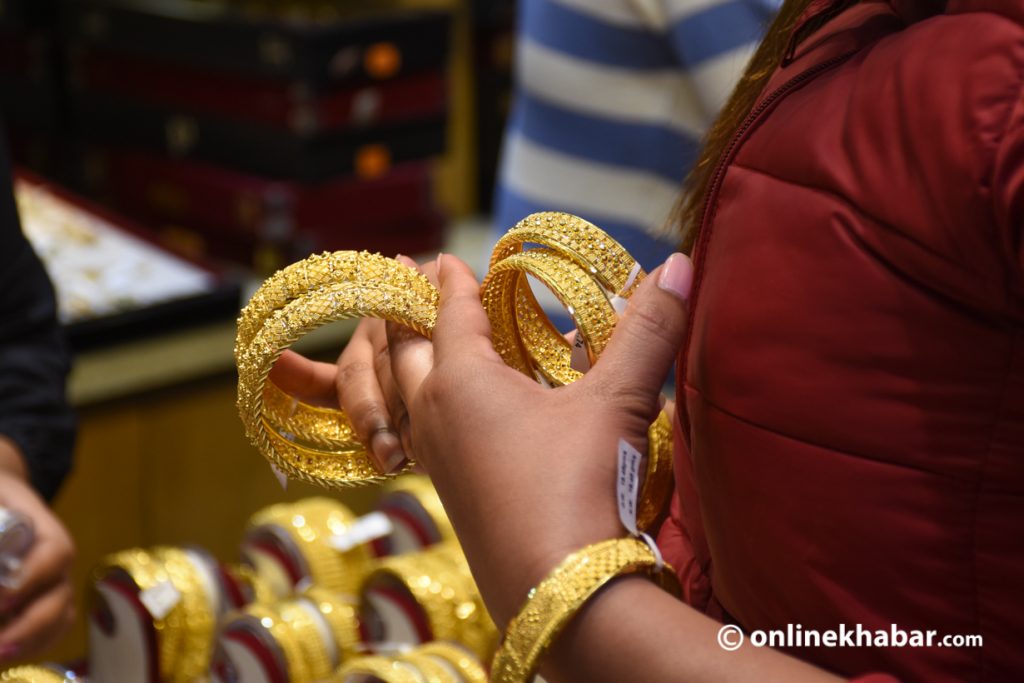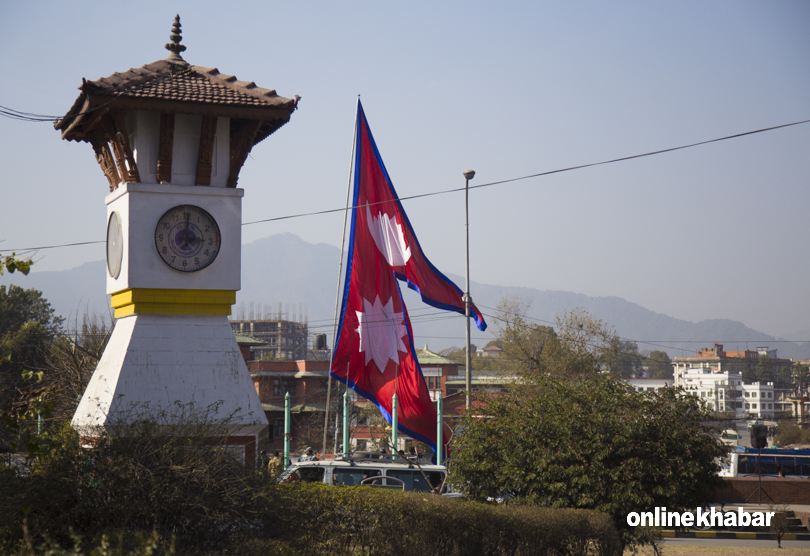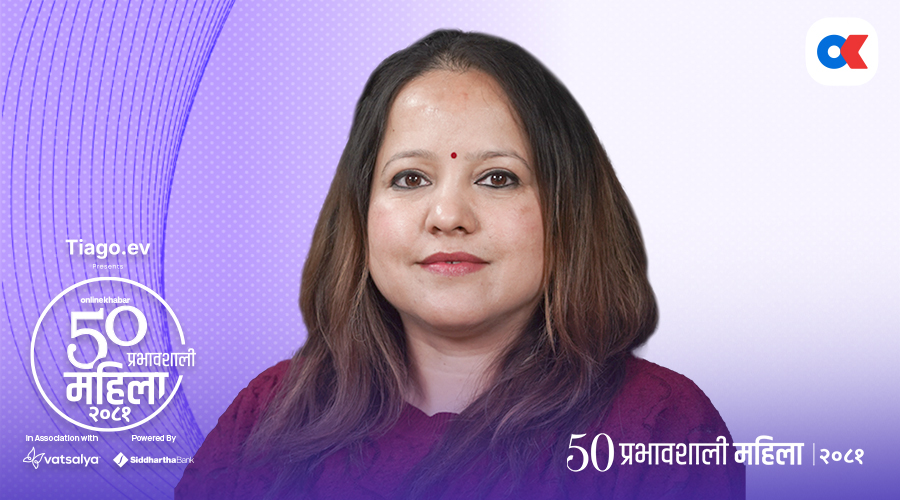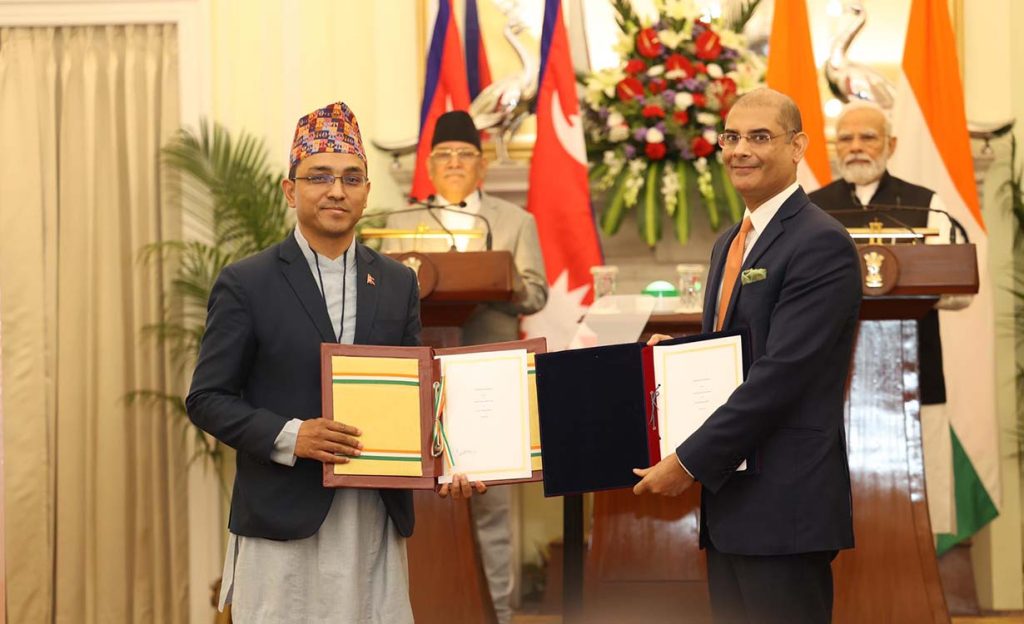
According to the agreement reached during Prime Minister Pushpa Kamal Dahal’s India visit in May/June 2023, the preparation for the Nepal-India digital payment system has reached its final stage.
On June 1, in the presence of Prime Minister Dahal and his Indian counterpart Narendra Modi, an agreement was signed between India’s National Payment Corporation of India (NPCI) and Nepal Clearing House Limited (NCHL) to initiate cross-border digital payments by connecting the systems of the two entities. The digital transactions can be completed through bank transfers, wallets, and mobile banking, facilitated by QR scanning.
An NCHL official stated, “The preparation work is expected to be completed by March 15.”
NCHL was established with the investment of Nepal Rastra Bank and NPCI has the investment of the Reserve Bank of India (RBI).
Post the development of this system, the central banks of both countries are expected to establish a limit for the amount that can be transferred between them through this system. “We are doing our homework. Based on our research, we will establish the limit soon,” remarked Dr Gunakar Bhatt, the spokesperson for Rastra Bank and Head of the Payment Systems Department.
The source indicated that other payment service providers from both countries may participate in the developing system. “Once we establish the infrastructure, other companies can join and offer their services,” he added.
Changing the limits

At present, when withdrawing money from ATMs in India, Nepalis can withdraw up to Rs 15,000 at a time, and Rs 100,000 per month.
With the agreement in place, the Rastra Bank has made a provision that up the threshold to Rs 100,000 at a time while purchasing goods and services through Point of Sale (POS) machines or any other means in India through electronic cards including credit and prepaid. This limit, however, does not apply to payments made at hotels, hospitals and drug stores.
However, spokesperson Bhatt says that the provision is not applicable for cross-border digital payments and that a separate circular should be issued. In addition, service providers in Nepal should also get permission from Rastra Bank to operate the cross-border payment system.
The Reserve Bank of India (RBI) has made arrangements to facilitate sending remittances to Nepal of up to Rs 200,000 at a time from bank accounts in India. This allows you to send money as frequently as you wish through your bank account. However, if you choose to send remittances in cash, the limit is set at IRs 50,000 per transaction and they can use it a maximum of 12 times a year.
“The Central Bank of India has already issued a separate circular addressing India-Nepal remittances. During an informal conversation, they said there is no need to establish an additional rule for cross-border digital payments within this limit.”
The official remarked, “For any larger limit, a new circular should be introduced.”
How will the transaction work?

NPCI, in India, provides electronic transaction services through the Unified Payment Interface (UPI) system. All banks in India utilise NPCI’s system for digital banking transactions including interbank fund transfers, bill payments, and QR codes.
In Nepal, NCHL operates the National Payment Switch, enabling digital payment facilities for affiliated banks and financial institutions through the Retail Payment Switch (RPS) operated by NCHL.
Once this integration is completed, various transactions, including inter-bank fund transfers, bill payments, and QR code-based transactions, can be seamlessly conducted between the two countries.
During a joint press conference held on June 1, 2023, as part of Prime Minister Dahal’s visit to India, Prime Minister Modi mentioned that the cross-border digital payment agreement would streamline payments for tourists, students, and patients seeking treatment.
Given India’s advanced position in digital payments, Nepali authorities anticipate that integrating their digital payment system with India’s will enhance Nepal’s overall system.
The official launch date for the Nepal-India cross-border digital payment has not been decided yet, but diplomatic sources suggest that the inauguration may occur within this month.
Indian government officials believe that since general elections are taking place in India this year, the initiation of digital payments between Nepal and India would convey a positive message. Therefore, the source emphasises that India has attached significance to the inauguration of this project.
Fonepay has launched its services

Nepali private company Fonepay has initiated a QR payment service in partnership with NIPL, an international payment service provider under NPCI.
As per a statement issued collaboratively by Fonepay and NIPL on March 8, individuals from India visiting Nepal will now have the capability to execute payments by scanning Fonepay’s QR code.
Indians utilising India’s UPI will have the option to conduct payments via Nepal’s Fonepay QR code.
NIPL and Fonepay reached an agreement to cooperate on cross-border payments through UPI last September in Mumbai, India, in the presence of Rastra Bank Governor Mahaprasad Adhikari.
According to the agreement, the two companies have implemented QR code-based Person-to-Merchant (PTM) payment for Indian tourists and visitors in Nepal.
This implies that Indian UPI users can make payments by scanning the QR code at shops, hotels, restaurants, and other businesses associated with Fonepay in Nepal. However, Nepalis will not have access to similar facilities in India. To avail of such services for Nepalis in India, the NCHL service must be initiated first.

